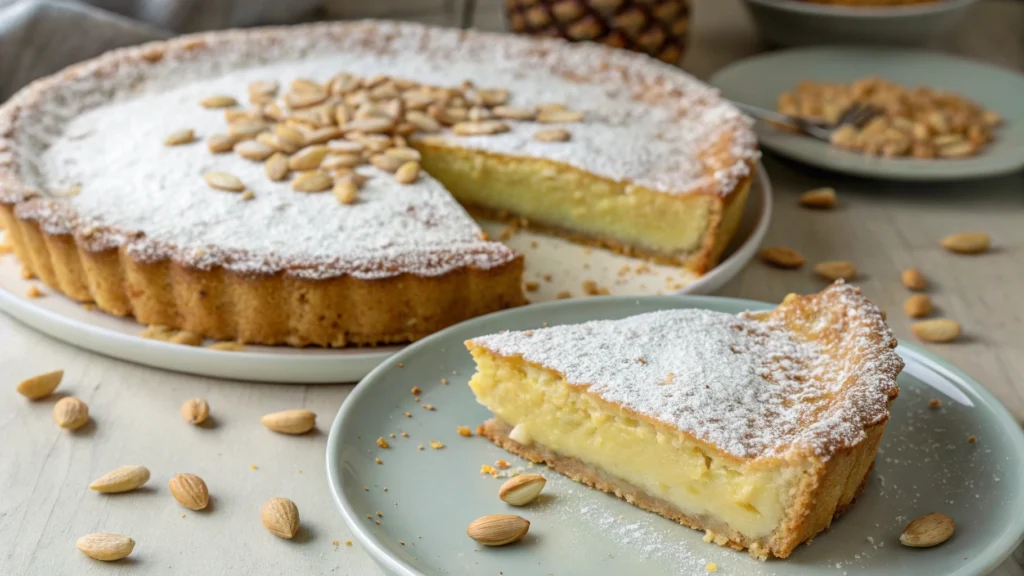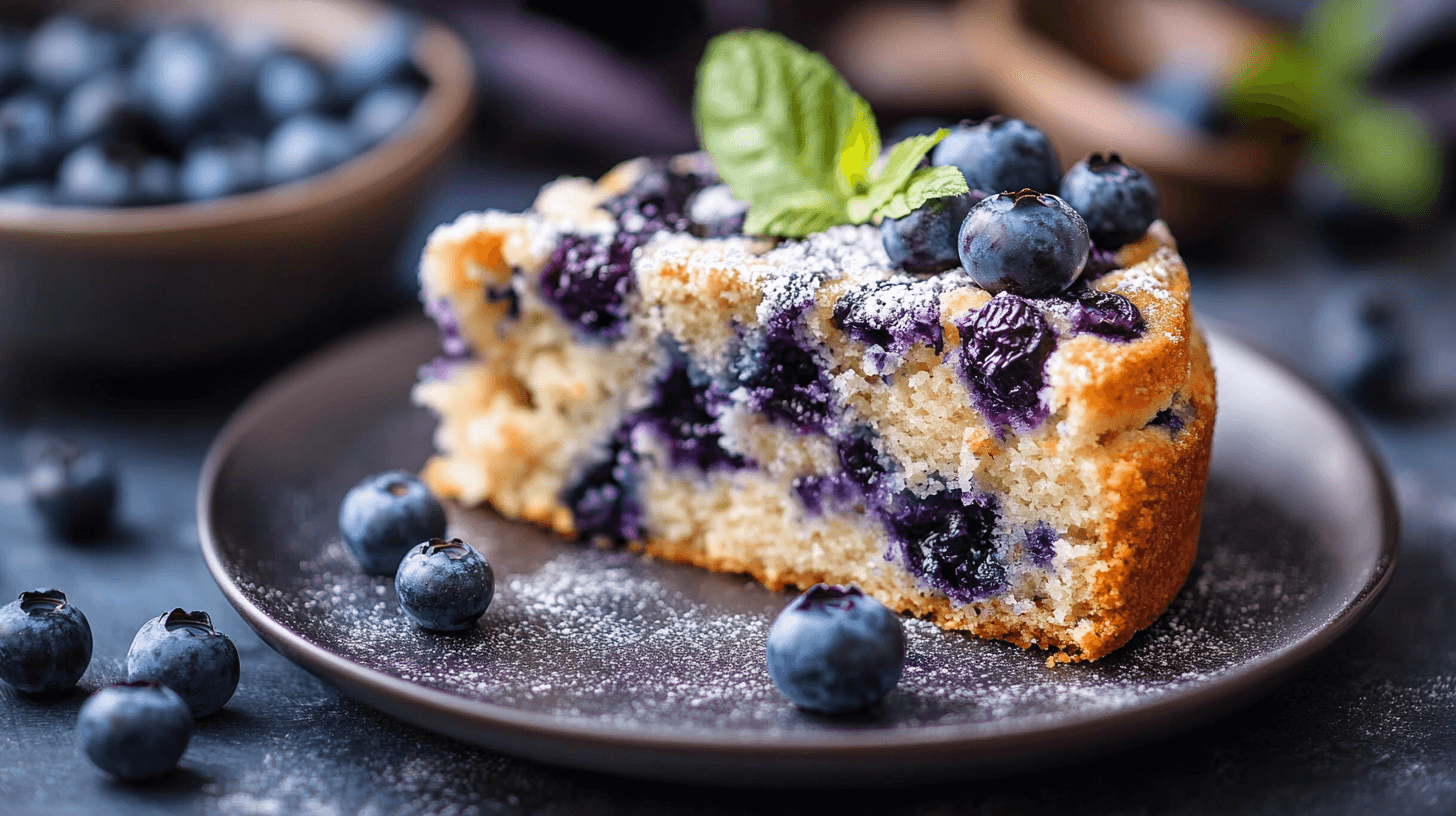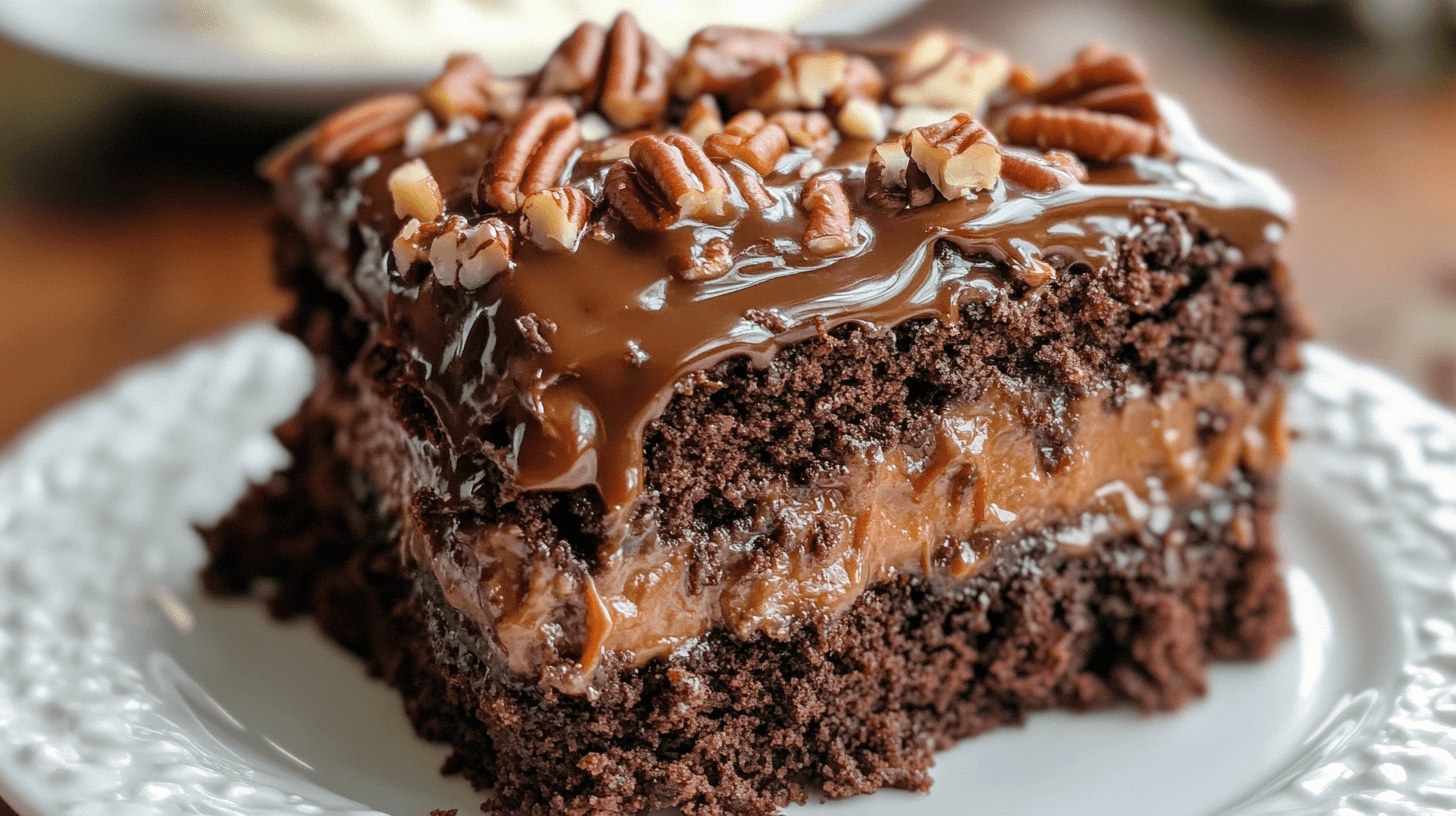Exploring Italian desserts, you might wonder, what is the traditional Italian cake? It’s a key part of Italy’s culinary heritage, showcasing its cultural importance. Desserts like ciambellone use simple, common ingredients such as unsalted butter and sugar. Each cake recipe has its own unique twist, making Italian cakes a fascinating and delicious topic to explore.
So, what makes traditional Italian cakes special? It’s the mix of ingredients, cooking methods, and cultural value. As you dive into traditional Italian desserts, you’ll see their uniqueness. With many cakes like torta della nonna and cassata, you’ll find one you love.
Table of Contents
Understanding the Rich Heritage of Italian Cakes
Italian cakes have a long history, spanning centuries. The tradition shows the country’s diverse regions and cultures. Each region adds its own flavors and techniques to cake making. This makes every occasion special with a delicious italian cake.
The history of italian cake making goes back to the Middle Ages. In the north, cakes like torta della nonna and torta sbrisolona are famous. They use rich ingredients like butter and cream. In the south, cakes are lighter, reflecting the Mediterranean climate.
Origins of Italian Cake Making
Italian cake making has been shaped by history, geography, and cultural exchange. This has led to many traditional cakes. For example, cassata, panettone, and pandoro each have their own story and cultural importance.

Regional Variations Across Italy
Italy’s regions have their own unique cakes. Some famous ones are:
- Torta della nonna (grandmother’s cake)
- Torta sbrisolona (crumbly cake)
- Cassata (sponge cake with ricotta and candied fruit)
These variations show Italy’s rich culinary heritage. Italian cakes are a big part of the country’s culture.
Cultural Significance in Italian Society
Italian cakes are key in italian society, marking special occasions. The traditional italian birthday cake is a big deal, with each region adding its own twist. Exploring italian cakes helps us appreciate the country’s culinary traditions.
The Most Popular Traditional Italian Cakes
Italy is famous for its wide variety of famous italian pastries and traditional italian dessert recipes. When it comes to italian cake recipes, there are many to pick from. Each has its own special taste and story. Some top picks include torta della nonna, torta sbrisolona, and cassata.
These cakes are not just tasty but also carry deep cultural and historical meanings. For instance, tiramisu is a beloved Italian cake named “pick me up.” It highlights the use of coffee in sweets. Cannoli, a classic Italian treat, is mostly ricotta cheese, powdered sugar, and flavorings. About 70% of bakers add their twist with chocolate chips or pistachios.

- Torta della nonna: a sweet pastry case filled with custard
- Torta sbrisolona: a crumbly cake made with almonds and hazelnuts
- Cassata: a sponge cake filled with ricotta cheese and candied fruits
| Cake | Ingredients | Preparation Method |
|---|---|---|
| Torta della nonna | Sweet pastry case, custard | Baked in the oven |
| Torta sbrisolona | Almonds, hazelnuts, sugar | Crushed and mixed with eggs and flour |
| Cassata | Ricotta cheese, candied fruits, sponge cake | Assembled and refrigerated |
What is the Traditional Italian Cake: A Deep Dive into Panettone
Traditional Italian cakes are loved worldwide, and Panettone is a top favorite. It’s a sweet bread from Milan, enjoyed during Christmas. The recipe includes raisins, candied fruits, and spices, making it special.
To make Panettone, you need flour, yeast, and sugar. The dough takes about 2 hours to rise. Here’s what you need and how to make it:
- 3 1/2 cups of flour initially, with a possibility of increasing the total to 3 2/3 to 4 cups depending on the dough’s stickiness
- 1 cup of raisins, with preferences for golden raisins due to their color and flavor
- 1/2 cup of candied fruits, such as orange peel and citron
- 1/4 cup of sugar
- 1/2 teaspoon of salt
- 1/2 teaspoon of active dry yeast

It takes 50 to 55 minutes to bake Panettone at 350°F (175°C). After baking, it’s cooled by piercing and hanging upside down. Making Panettone is a big job, but it’s worth it.
| Ingredient | Quantity |
|---|---|
| Flour | 3 1/2 cups |
| Raisins | 1 cup |
| Candied fruits | 1/2 cup |
| Sugar | 1/4 cup |
| Salt | 1/2 teaspoon |
| Yeast | 1/2 teaspoon |
Essential Ingredients in Italian Cake Making
Quality ingredients are key in making italian cakes and pastries. To craft the best italian birthday cakes, you must use fresh, high-quality ingredients. Traditional italian wedding cakes also depend on the right mix of ingredients for the perfect taste and texture.
Important ingredients include flour, sugar, eggs, and butter. The exact amounts can change with each recipe. But, these ingredients are vital for a tasty italian cake. For instance, a classic recipe might call for 2 cups of flour, 1 cup of sugar, 4 large eggs, and 1/2 cup of unsalted butter.
Here are some tips for picking the best ingredients for your italian cake:
- Choose fresh, high-quality flour that hasn’t been stored for too long.
- Pick pure, additive-free granulated sugar.
- Go for fresh eggs with no cracks or damage.
- Use unsalted butter at room temperature for better mixing.

By following these tips and using the right ingredients, you can make delicious italian cakes and pastries. They’re perfect for any celebration, like birthdays and weddings.
Traditional Italian Wedding Cakes and Celebrations
Italian weddings are special, and the cake is a big part of it. You’ll see a single-tiered cake, often decorated beautifully. The favorite cake is Millefoglie, known for its layers of pastry and filling.
Millefoglie, or “thousand layers,” is a favorite at Italian weddings. It’s made with golden puff pastry, giving it a light and buttery taste. You can add fresh fruits and nuts to make it even better.
Fillings like pastry cream and liqueurs like Limoncello or Marsala are common. You might also see edible flowers, rustic cakes, and chocolate designs. Modern cakes might have fondant and buttercream, a change from traditional cream and fruit.
- Millefoglie: a classic Italian wedding cake with multiple layers of pastry dough and filling
- Single-tiered cakes: a consistent preference among Italian couples
- Customization options: fresh fruits, nuts, and liqueurs can be added to enhance flavor and visual appeal
- Decorative elements: edible flowers, rustic-themed cakes, and chocolate designs
Traditional Italian wedding cakes are both delicious and beautiful. They have a rich history and can be customized. It’s easy to see why they’re loved by couples worldwide.
| Cake Type | Description | Popularity |
|---|---|---|
| Millefoglie | A classic Italian wedding cake with multiple layers of pastry dough and filling | High |
| Crostata di frutta | A fruit tart with pastry cream or Chantilly cream filling | Medium |
| Naked Wedding Cakes | A cake with minimal outer decoration, showing off internal layers and often featuring fresh fruits and flowers | Low |
Mastering Italian Cake Baking Techniques
Mastering the baking techniques for what are traditional italian cakes is key. Using fresh ingredients at room temperature, like eggs, makes the cake lighter and fluffier. The right mix of dry and wet ingredients is also important, but the exact amounts can change with each recipe.
When talking about what is the traditional italian cake called, many Italian cakes use local ingredients and methods. For example, the Monferrato Black Apple Cake uses special apples, and the Traditional Italian Chestnut Cake uses chestnut flour. Knowing these details helps make your cakes taste authentic and delicious.
To get better at baking Italian cakes, here are some tips:
- Choose high-quality ingredients, like fresh fruits and nuts, to boost your cake’s flavor and texture.
- Focus on the batter and frosting’s consistency. It greatly impacts your cake’s look and taste.
- Feel free to try new ingredients and methods to make your Italian cakes unique and tasty.
By mastering Italian cake baking and knowing what are those italian cakes called, you can make cakes that wow everyone. Whether you’re new to baking or have experience, success comes from practice, patience, and paying close attention to every detail.
Seasonal Italian Cakes and Festivities
Italian cakes are a big part of seasonal celebrations. At Christmas, they enjoy panettone and pandoro. These sweet breads come from Milan and Verona. They’re a key part of the italian cake tradition and are often paired with coffee or hot chocolate.
In summer, they love summer fruit cakes with strawberries, blueberries, and raspberries. These cakes are great for hot days and are often topped with gelato or whipped cream. For birthdays, they often choose traditional cakes like torta di ricotta or torta di cioccolato.
Christmas and Easter Specialties
Christmas and Easter are big holidays in Italy, each with its own cake traditions. At Christmas, they enjoy panettone and pandoro. At Easter, they have colomba di pasqua, a dove-shaped cake. What is the most famous dessert in italy is often debated, but tiramisu and panna cotta are favorites.
Summer Fruit Cakes
Summer fruit cakes are a summer staple in Italy. They’re made with fresh fruits and often served with gelato or whipped cream. Favorites include torta di fragola (strawberry cake) and torta di limone (lemon cake).
Serving and Storing Traditional Italian Cakes
Serving and storing traditional Italian desserts like classic Italian cakes is key. You want to keep their flavor and texture just right. Cakes like panettone are often enjoyed on special occasions, and keeping them fresh is important.
To store these cakes, use an airtight container at room temperature for up to a week. For longer storage, freeze them for up to two months. Serving with a glass of wine, like Moscato or Prosecco, can really bring out the flavors.
Proper Storage Methods
Keeping your traditional Italian desserts fresh is all about proper storage. Here are some tips:
- Store in an airtight container to keep the cake fresh
- Keep at room temperature for up to one week
- Freeze for up to two months for longer storage
Traditional Serving Customs
Traditional Italian cakes are often served with whipped cream or fruit preserves. Think about the occasion and the flavors you want to pair with your cake.
Wine Pairing Suggestions
Wine pairing is a big part of serving traditional Italian cakes. Try pairing your cake with a sweet Moscato or a dry Prosecco to enhance the flavors.
Modern Interpretations of Classic Italian Cakes
When it comes to authentic italian cakes, there’s a rich history and tradition behind each recipe. Famous italian pastries like tiramisu and cannoli are just the start. Traditional dessert recipes have been passed down through generations, giving us a wide range of delicious choices.
Modern italian cake making has evolved, introducing new ingredients and techniques. This evolution has led to unique and innovative desserts that honor their traditional roots. Pastry chefs are now adding their own twist to traditional recipes, experimenting with different flavors and ingredients.
Some examples of modern interpretations of classic italian cakes include:
- Torta Barozzi, a traditional italian cake that has been reinvented with new flavors and ingredients
- Sfogliatelle, a famous italian pastry that has been updated with modern presentation styles
- Cannoli, a classic italian dessert that has been filled with new and exciting ingredients
These modern takes on classic italian cakes offer a fresh way to enjoy traditional flavors and ingredients. Whether you’re a fan of authentic italian cakes or just looking to try something new, there’s a modern italian dessert out there for you.
Conclusion: What Is The Traditional Italian Cake?
Exploring traditional Italian cakes shows they’re more than just desserts. They are a part of Italian culture and heritage. By diving into Italian cake making, you open a world of flavors and traditions passed down through generations.
Whether you’re an experienced baker or just starting, learning about what is the traditional Italian cake is rewarding. From the fluffy panettone to the rich millefoglie, each cake has its own story. It reflects regional diversity, family traditions, and a love for baking.
Learning about these cakes’ techniques, ingredients, and cultural importance will improve your baking. It will also make you appreciate Italian cuisine more. So, gather your loved ones and start a tasty journey through Italian cake tradition. The joy and satisfaction you’ll find will be worth it.
FAQ
Q: What is the traditional Italian cake?
A: Traditional Italian cakes are a big part of Italian food culture. They have a long history and deep meaning. Cakes like panettone and tiramisu are famous for their rich tastes, beautiful designs, and soft textures.
Q: What are the most popular traditional Italian cakes?
A: Torta della nonna, torta sbrisolona, and cassata are among the most loved Italian cakes. They are not just tasty but also carry a lot of cultural and historical value.
Q: What is the traditional Italian cake called?
A: The traditional Italian cake is often called “panettone.” It comes from Milan and is filled with raisins, candied fruits, and spices. It’s a Christmas favorite.
Q: What are the essential ingredients in Italian cake making?
A: Making Italian cakes needs flour, sugar, eggs, and butter. The quality of these ingredients greatly affects the cake’s taste.
Q: What is the traditional Italian wedding cake?
A: Italian wedding cakes are known for their tall tiers and fancy designs. The millefoglie is a classic example, with layers of puff pastry and creamy fillings.
Q: What are the traditional Italian cakes for Christmas and Easter?
A: For Christmas, panettone is a must. For Easter, colomba is the go-to. Both are filled with flavors of the season.
Q: How do you serve and store traditional Italian cakes?
A: Serving and storing Italian cakes needs careful attention. Knowing how to store them and serve them is key. Wine pairings can also enhance the experience.
Q: How have modern interpretations of classic Italian cakes evolved?
A: Modern Italian cake making has added new ingredients and techniques. Yet, it stays true to the traditional roots of these beloved treats.
If you’re looking for a decadent dessert, try this Delicious Italian Cream Cake Recipe – Easy & Moist—it’s a perfect treat for any occasion!







